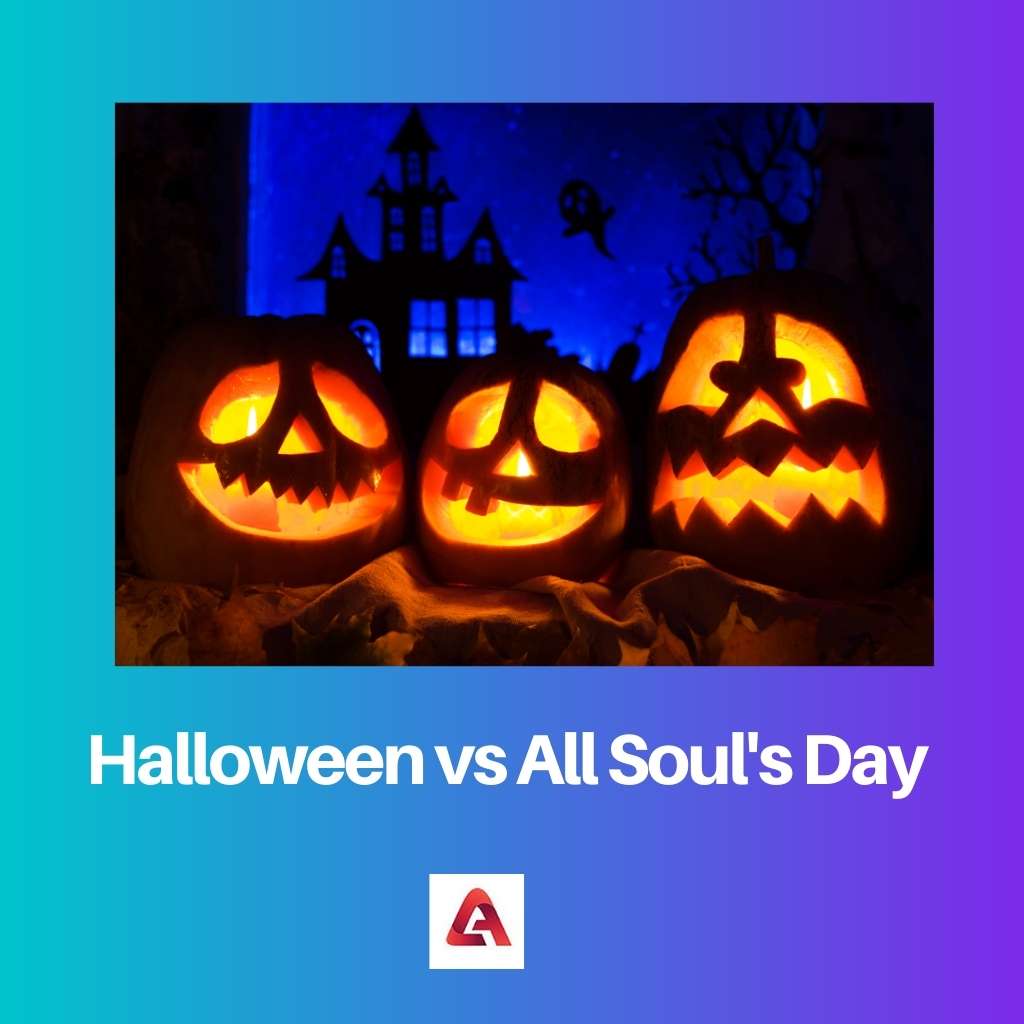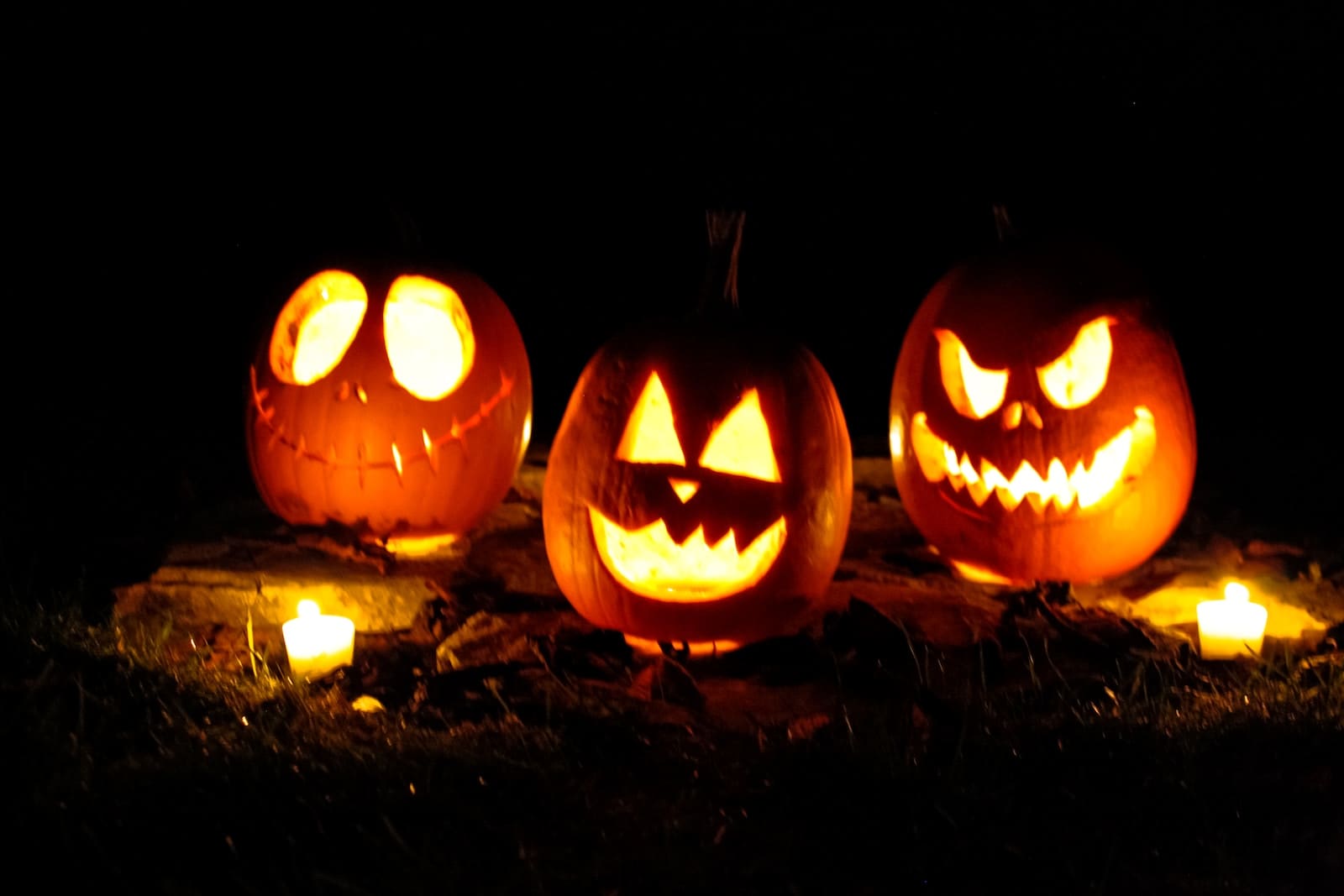Autumn celebrations in some churches go beyond Fall Festivals and Trick-or-Treats. On October 31, a three-day commemoration and festivity started.
Many people in the United States celebrate Halloween, while others commemorate All Saints’ Eve or All Hallows’ Eve. The subsequent day, All Saint’s Day is observed, succeeded by All Soul’s Day.
Key Takeaways
- Halloween celebrated on October 31, is a secular holiday with roots in ancient Celtic traditions, while All Souls’ Day, observed on November 2, is a Christian commemoration of the deceased.
- Halloween customs include dressing up in costumes, trick-or-treating, and carving pumpkins. At the same time, All Souls’ Day traditions involve attending church services, lighting candles, and visiting the graves of loved ones.
- Halloween has a festive and sometimes spooky atmosphere, while All Souls’ Day is a more solemn occasion focused on remembering and praying for the dead.
Halloween vs All Soul’s Day
Halloween is a holiday celebrated on October 31st, and it has its roots in the ancient Celtic festival of Samhain. Halloween is associated with costumes and spooky decorations. All Souls’ Day is a religious holiday observed on November 2nd by many Christians, especially the Catholics.

Halloween (All Hallows Eve, the night before All Saints Day) is a popular American variation on these ancient worship days.
With the emphasis on the bereaved, “witches and goblins” became a component of this secular tradition. Trick-or-treating is one of the most popular Halloween pastimes (or the related guising and selling)
All Soul’s Day respects the faithful who have passed on. This day is commemorated in both the Catholic and Eastern Orthodox faiths.
According to Roman Catholic belief, souls who have not yet been purified of their sins and penance at the time of death will not be able to enter paradise and will instead be condemned to purgatory.
Comparison Table
| Parameters of Comparison | Halloween | All Soul’s Day |
|---|---|---|
| Meaning | Eve of All Hallows | Day to pray for all souls |
| Date | 31st October | 2nd November |
| Observed By | Western Christians and many non-Christians | Roman Catholics and other Christian denominations |
| Significance | First day of All Hallowtide | For the souls of all the faithful departed |
| Customs | Trick or treating, carving pumpkin, festive gatherings, etc. | Visits to cemeteries, special pastries, and food, prayer for the departed, etc., |
What is Halloween?
Halloween’s original term, “hallow,” means “holy.” “Evening” is abbreviated with the suffix “een.” It alludes to All Hallows Eve, the night preceding All Hallows Day, a Christian holy day commemorating past saints.
Christians in Ireland and Britain gathered on the eve of All Hallows Day well over 1000 years ago to seek God’s grace and shelter against evil and suffering.
Around bonfires, they would dress up as saints or demons and carry out the conflict between good and evil. That is the origin of Halloween as we know it today.
According to some scholars, Halloween originated as a Christian holiday, as the vigil of All Hallow’s Day.
Halloween has been commemorated in Ireland and Scotland for decades, and many of its practices were introduced to North America by Irish and Scottish immigration in the 19th century.
Even though it is a secular event for some, Christian religious traditions of All Hallows’ Eve, such as participating in church services and lighting candles in graveyards, continue to be popular.
On All Hallows’ Eve, certain Christians traditionally refrained from consuming meat, a practice reflected in the consumption of vegetarian dishes such as apples, potato pancakes, and soul desserts on this vigil day.
In the late 20th century and the beginning of the 21st century, Halloween spread around the world owing to American influence.

What is All Soul’s Day?
All Soul’s Day is a day dedicated to praying for the souls of all those who have passed away. Catholics offer prayers for those who are in purgatory, waiting to enter heaven.
Catholic churches include a Book of the Dead on All Souls’ Day, in which congregants can enter the initials of relatives who should be commemorated.
Based on particular books of the Catholic Bible, it was thought that prayer may help these imprisoned individuals. They might then be purified of their sins and fully sanctified, allowing them to enter heaven.
Saint Odilia of Cluny originated the custom of setting apart this day for prayer. After that, the practice expanded throughout Europe, finally reaching the Western Church.
The day carries on the spirit of All Saint’s Day by allowing Catholics and Anglican churches to remember and honor believers who have died.
They remember those who are in purgatory and pray for their souls. Purgatory is a location (or condition) in Catholic theology where the souls of believers who have died atone for their sins before entering heaven.
All Soul’s Day, unlike All Saints’ Day, is not a religious holiday, yet some Christians still attend services. On that day, churches read the Office of the Dead, a prayer cycle.
Catholics can write their loved ones’ names in the Book of the Dead. Other customs include attending a Requiem Mass for the deceased and paying visits to family graveyards.
All Soul’s Day is a Remembrance Day in Roman Catholicism for all the faithful gone, those baptized Christians who are in purgatory since their souls died with the burden of smaller sins on them.

Main Differences Between Halloween and All Souls Day
- Halloween is the eve of All Hallows’ Eve, whereas All Soul’s Day is a day dedicated to praying for all souls.
- Halloween is on the 31st of October, whereas All Soul’s Day is on the 2nd of November.
- Western Christians and many non-Christians celebrate Halloween, whereas Roman Catholics and other Christian faiths celebrate All Soul’s Day.
- Halloween is the first day of Hallowtide, whereas All Soul’s Day is crucial for all the faithful departed’s souls.
- On Halloween, trick or treating, pumpkin carving, festive gatherings, donning costumes, and so on are among some of the festivities, whereas on All Soul’s Day, trips to the graveyard, special delicacies, and cuisine, devotion for the departed, and tomb decking are some of the occurrences.




